I have been obsessed with sailing and building boats for most of my life, but my wife, Luanne, told me when we met that she gets seasick on boats. Lucky for me, she became an accomplished kayaker and a competent co-captain aboard our Outer Banks 26, ROSIE. Living on Salt Spring Island in British Columbia, we are surrounded by water and going anywhere off the island means either a kayak or a ferry. Working around ferry schedules gets tiresome and while a sailboat would be lovely, I had noticed that most of the sailboats in our area travel under power. When Luanne suggested we get a small power skiff to get around more fluidly, it was the first time I seriously considered having a powerboat. It would have to be fuel-efficient and aesthetically appealing, which, to my mind, means traditional lines.I went online and started searching for a suitable power skiff to build. One of the first boats that came up on my search was a gorgeous 20′ lobsterboat-inspired design by Graham Byrnes of B&B Yacht Designs. It immediately checked the boxes of beautiful and traditional. I found that Graham was known not only for his eye-pleasing boats of all kinds, but also for innovation in design. In 2009, he won a WoodenBoat magazine design competition for a fuel-efficient 18′ powerboat. I was intrigued by Graham’s work and sent for his Outer Banks 20 study plans. After much discussion, Luanne and I decided something a bit larger would be better for multi-week trips. While Graham also had an Outer Banks 24, a slightly stretched version sounded perfect. I asked him about lengthening the 24, and a few weeks later he had designed the Outer Banks 26 from the keel up. I was smitten by the drawings and ordered the plans. The egg-crate construction gives the hull strength without a lot of weight.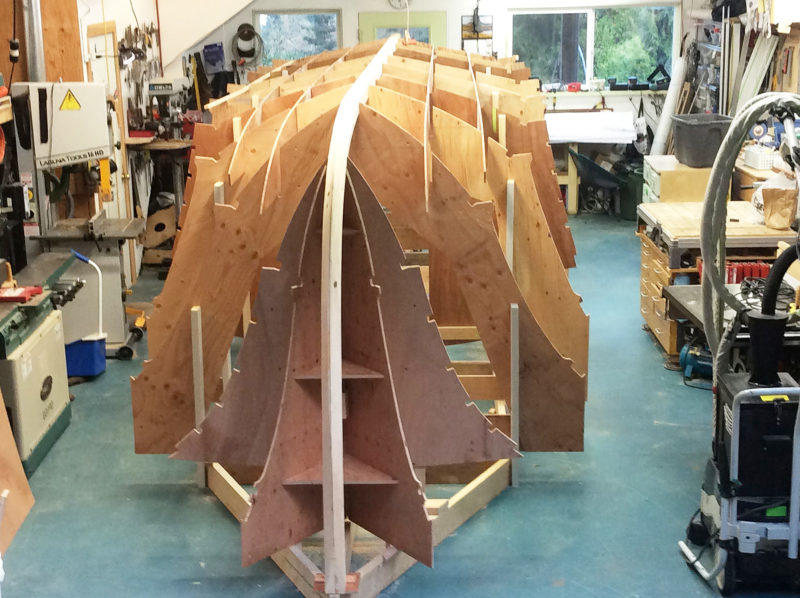 Photographs by and courtesy of the author
Photographs by and courtesy of the author
Join The Conversation
We welcome your comments about this article. If you’d like to include a photo or a video with your comment, please email the file or link.
Comments (9)
Leave a Reply
Stay On Course

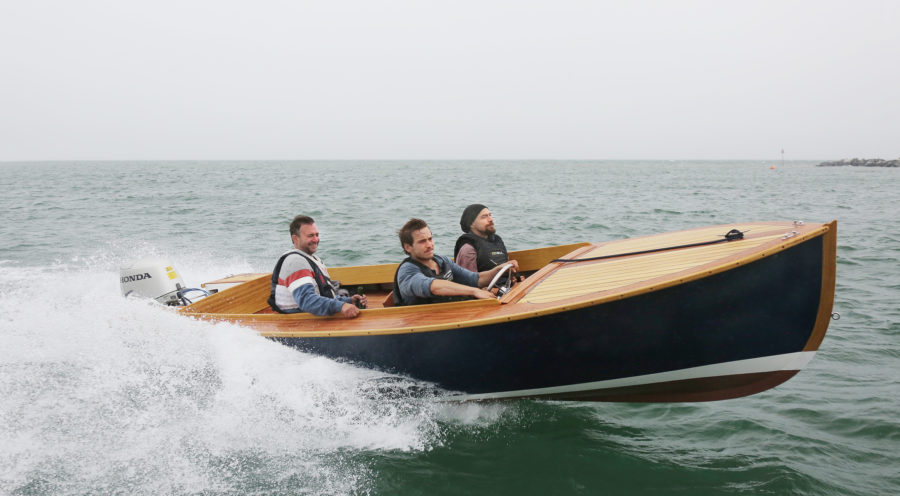
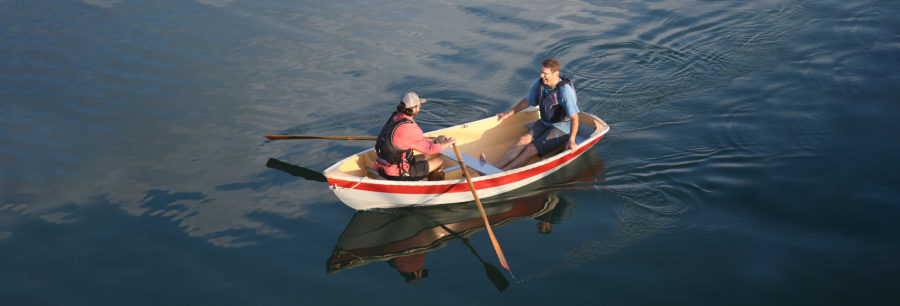

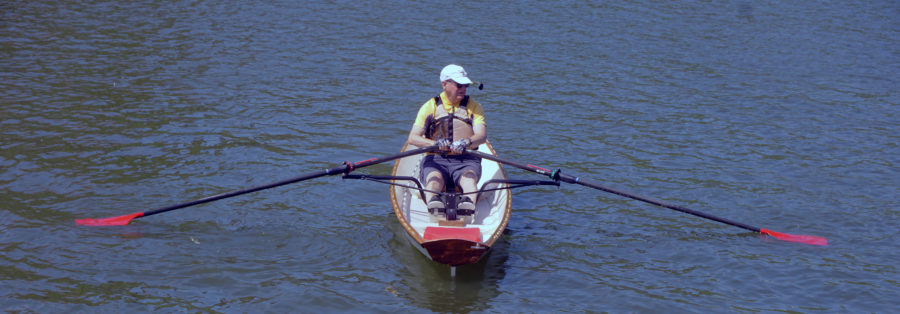

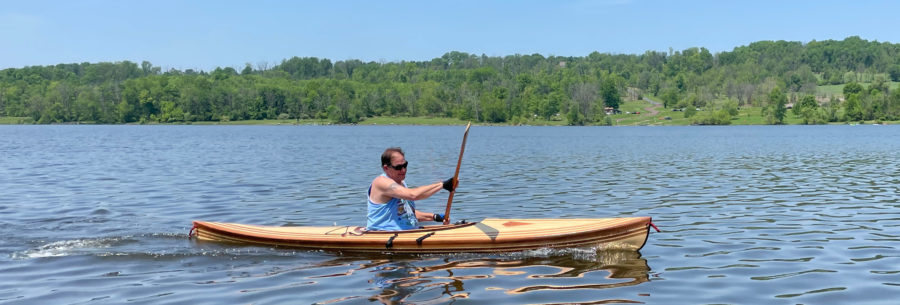


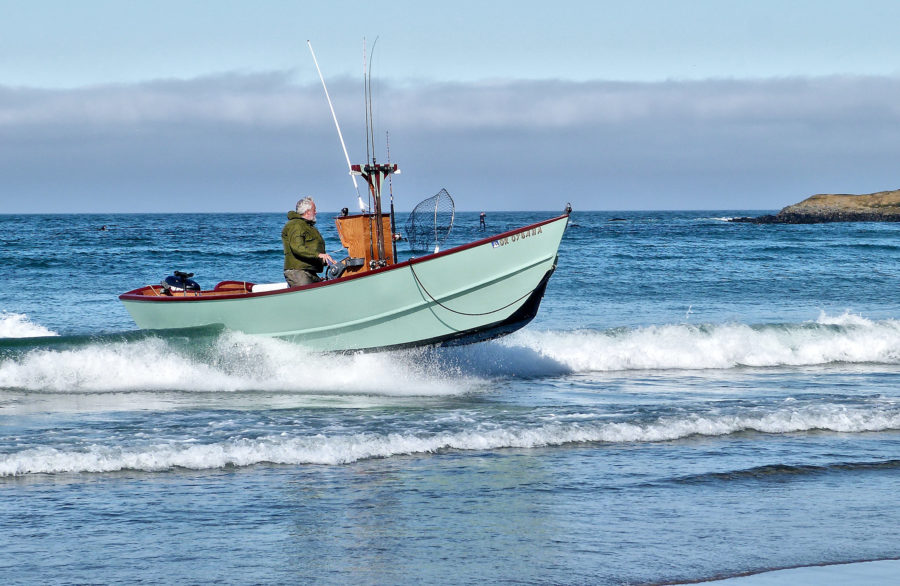
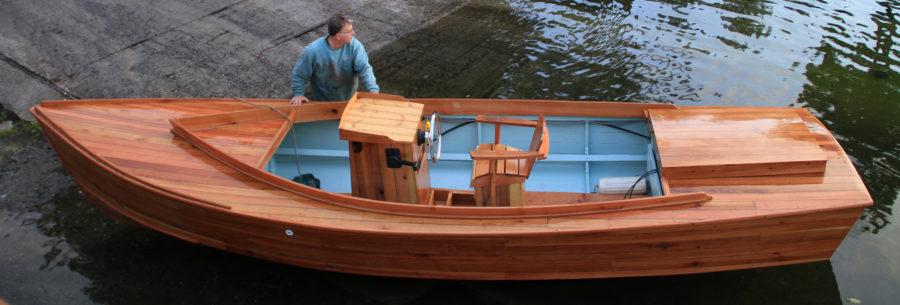
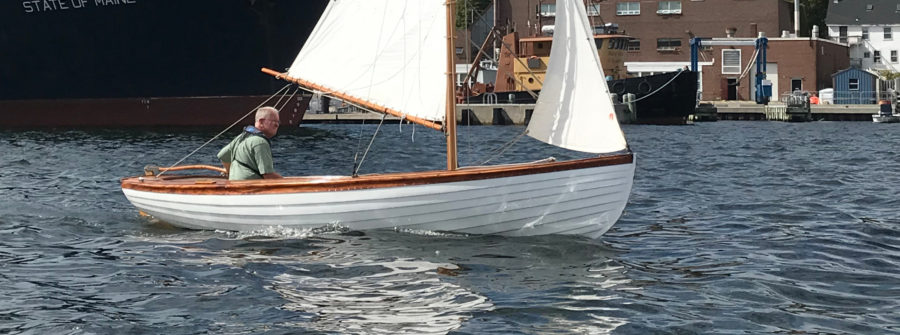
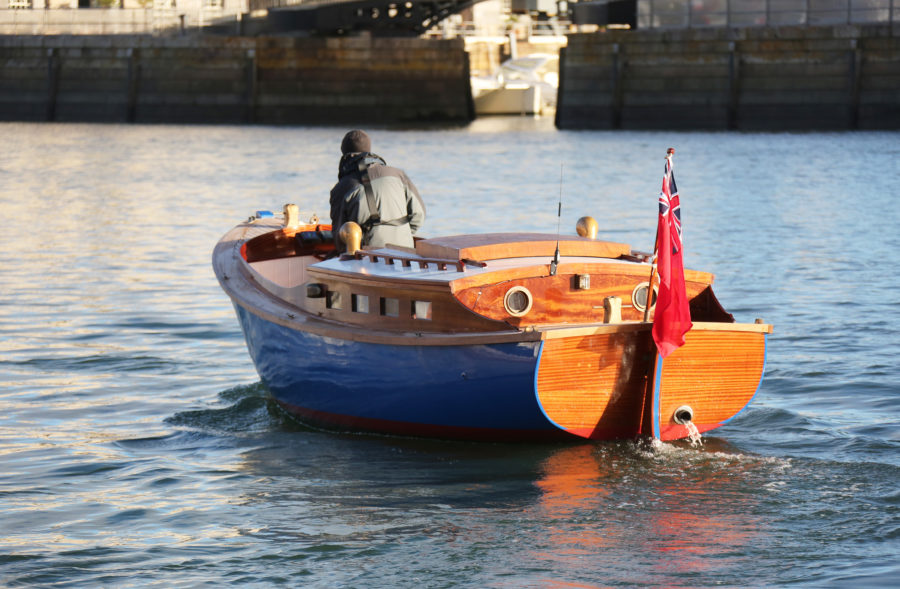
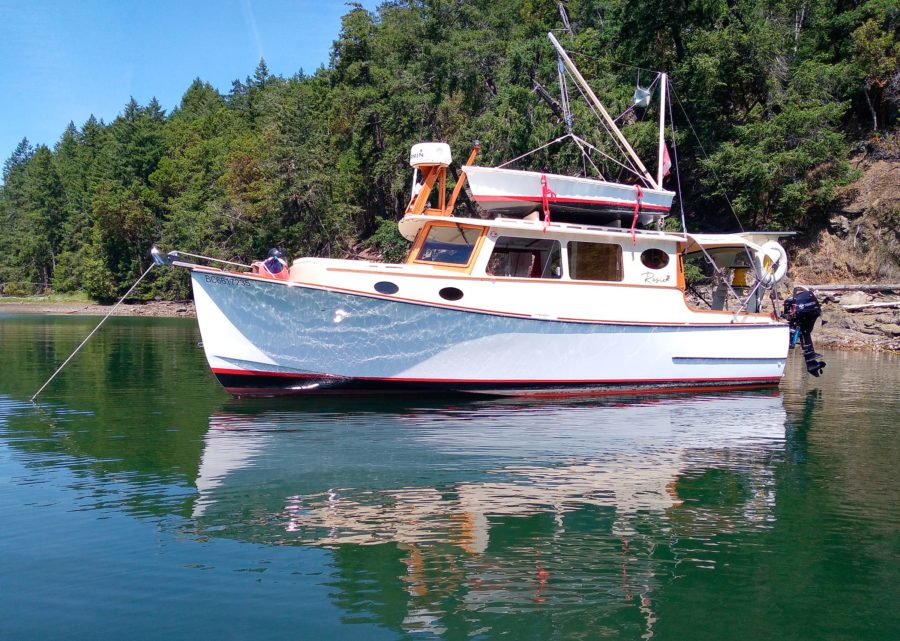
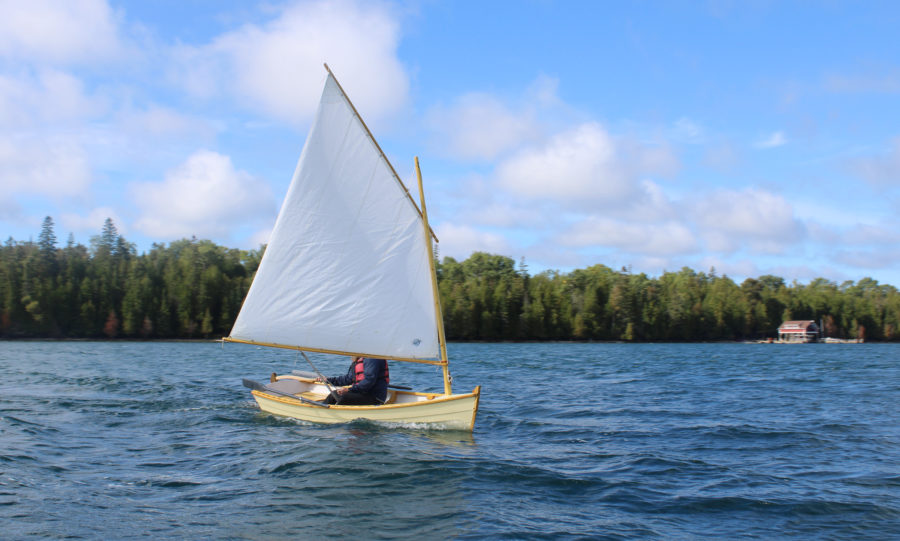
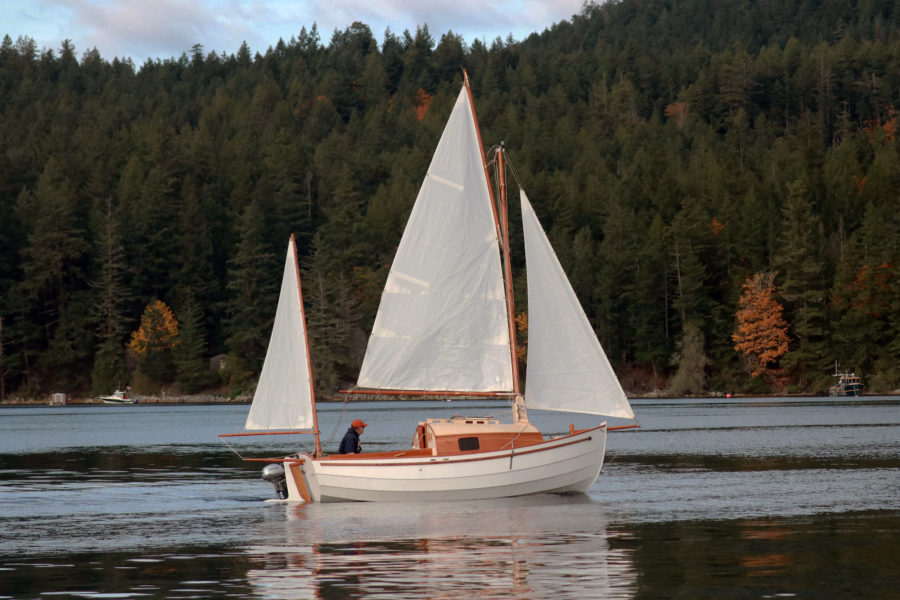
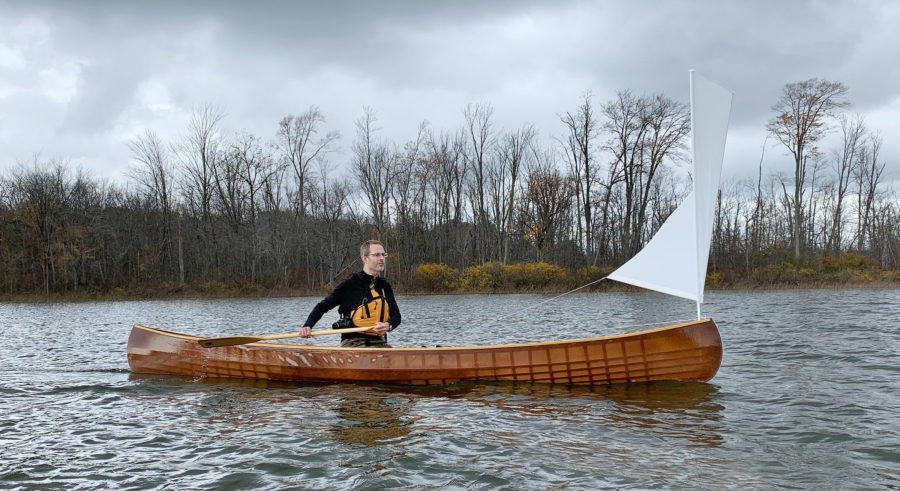
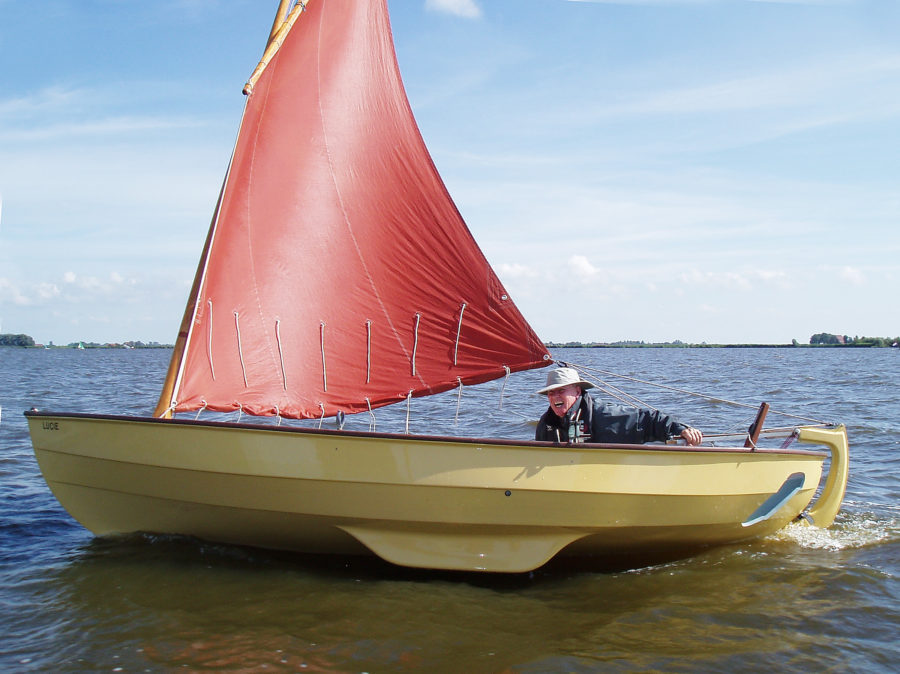
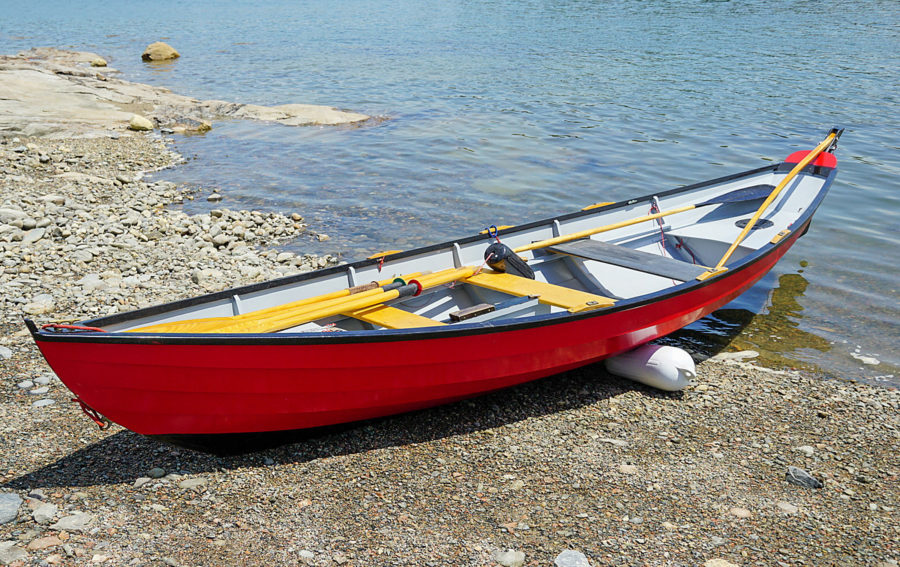
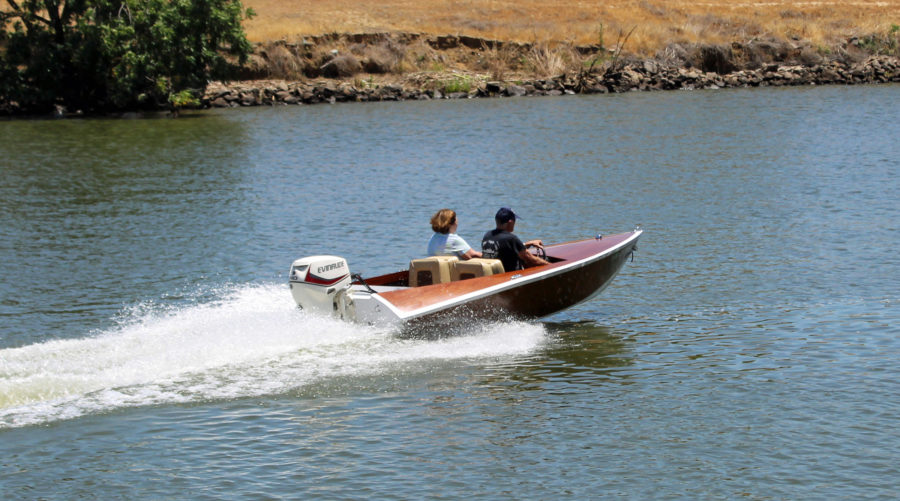
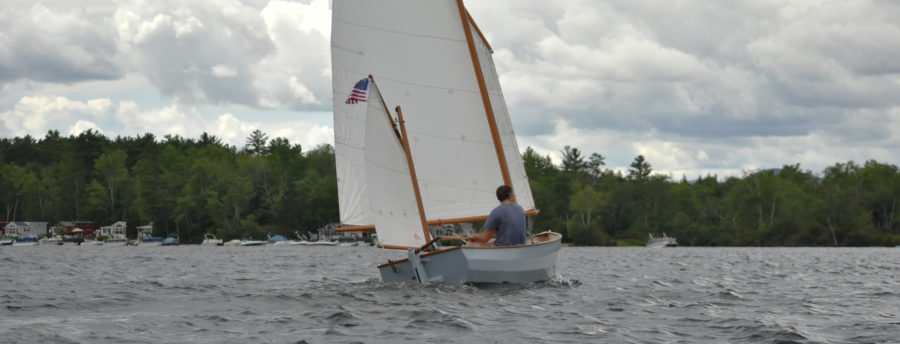
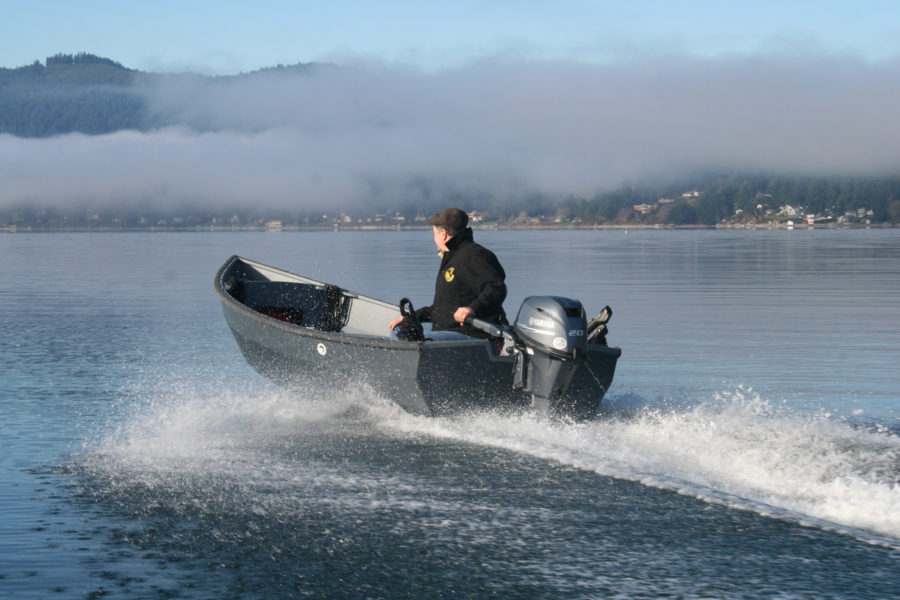
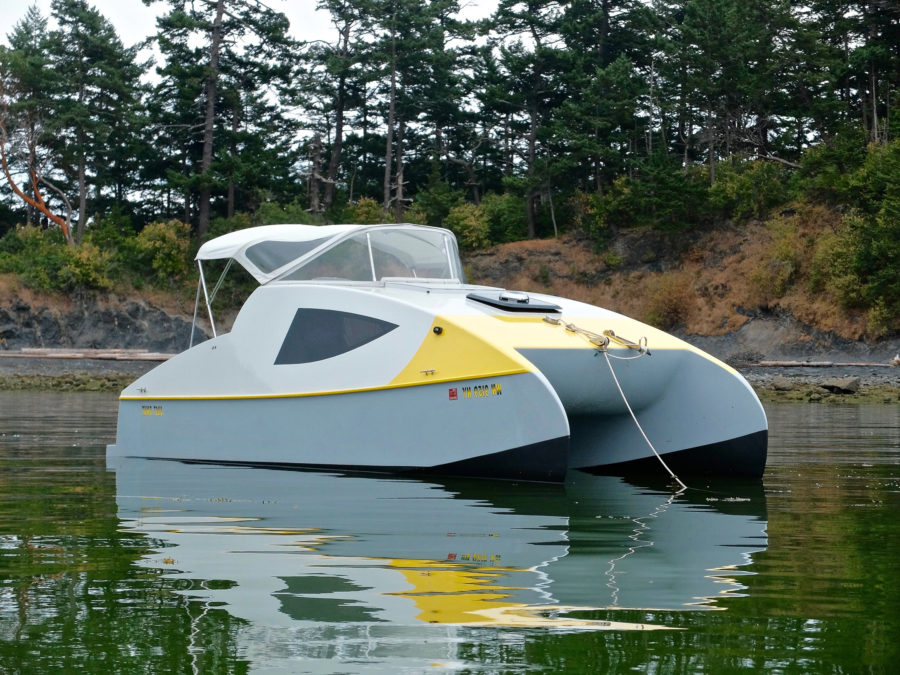
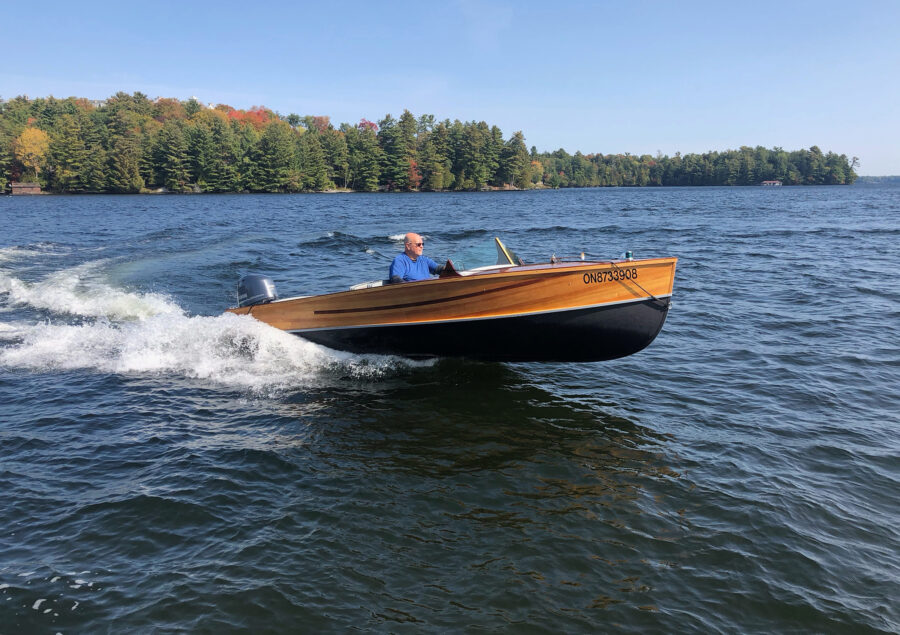
Thanks for the great article. I really like that design and think I would like to look further into it.
John- Let me know if you decide to build one.
Ken
I will.
Great article including the frame picture. I know that he stated that construction took approximately 3 years, but is there any approximate cost information available? I have purchased a similar plan from Glen-L, with a $30,000 estimate, but I like this plan and would like to compare the costs. I know that this is a sensitive issue, so if not available I understand.
Roger- To be honest, I lost track of the money I spent on the build. If you are looking at a similar type and size of boat the costs will likely be similar. My advice is build the boat that speaks most loudly to you. Any slight difference in cost will fade much sooner than wishing you build “the other one”
Ken
My wife and I have had the pleasure of being aboard ROSIE. The Graham Byrnes design is very intelligent in its well-balanced combination of traditional styling, comfortable layout, and efficient hull shape and construction techniques, which allow for fuel-efficient cruising at very reasonable speeds. Kudos to Ken Katz and his wife Luanne for their fine craftsmanship and attention to detail in bringing this lovely vessel to life.
Chris Small, marine surveyor
Vancouver B. C.
Considering the source, that is a high compliment. Thanks, Chris!
Will the 9.9 hp kicker get her hull speed?
Ned- Yes, the kicker easily gets her to hull speed in benign conditions (around half throttle). I haven’t used it in any high winds or big water.